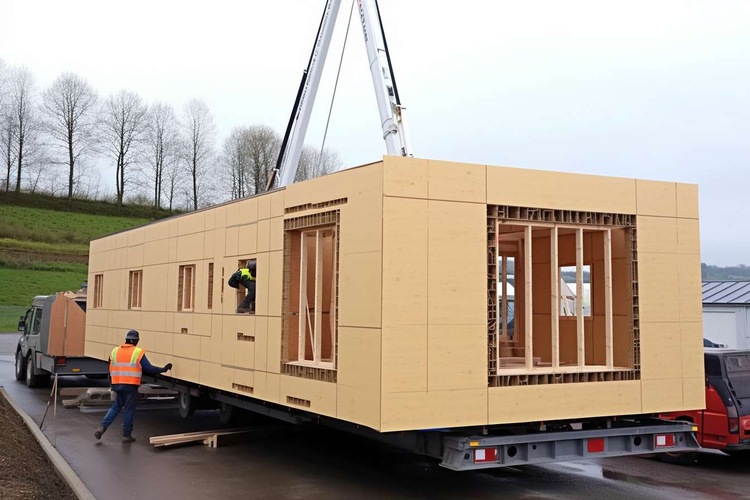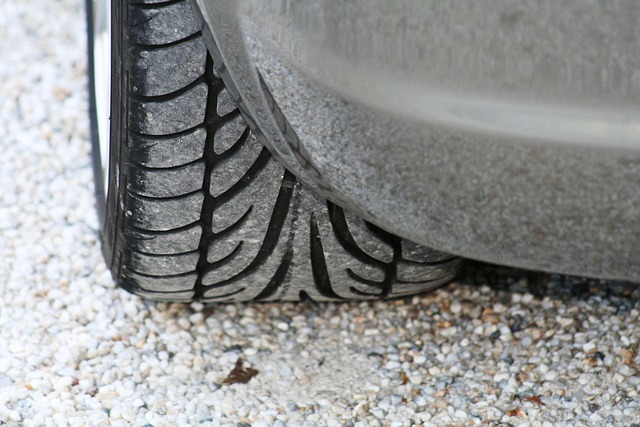Understanding Prefabricated Homes: Quality and Innovation
Prefabricated homes represent a modern approach to housing construction, offering efficiency, sustainability, and customization options. These factory-built structures have evolved significantly from their humble beginnings to become sophisticated housing solutions embraced worldwide for their quality, speed of construction, and cost-effectiveness.

Prefabricated homes have revolutionized the construction industry by shifting much of the building process from traditional on-site methods to controlled factory environments. This manufacturing approach allows for precise construction, reduced waste, and faster completion times compared to conventional building techniques. As global housing demands increase and sustainability concerns grow, prefabricated housing continues to gain popularity as a practical and efficient alternative to traditional construction.
What Are Prefabricated Houses Made in China?
Prefabricated houses made in China represent a significant segment of the global prefab housing market. These structures are manufactured in specialized facilities where individual components are created under controlled conditions before being transported to their final destination for assembly. Chinese prefab homes typically utilize materials such as steel frames, sandwich panels, light gauge steel, and various composite materials that offer durability and energy efficiency.
The manufacturing process in China emphasizes standardization while still allowing for customization. Most Chinese prefab house factories employ advanced production techniques including automated welding, precision cutting, and computer-aided design to ensure consistency and quality. These factories often produce various prefab solutions ranging from modular homes and container houses to panel buildings and steel frame structures, catering to different market needs and regional requirements.
Benefits of Prefab Houses from China Prefab House Factories
Chinese prefab house factories offer several advantages that have contributed to their growing international presence. Perhaps the most significant benefit is cost-effectiveness—manufacturing at scale in specialized facilities typically results in lower production costs compared to traditional construction methods. This cost advantage extends to both materials and labor, making Chinese prefab options attractive to international buyers.
Speed of production and assembly represents another key advantage. Most prefabricated components can be manufactured simultaneously, significantly reducing the overall construction timeline. A typical prefab home from a Chinese factory might be produced in weeks rather than the months required for conventional building. Additionally, the controlled factory environment eliminates weather-related delays that often plague traditional construction projects.
Chinese prefab house factories also emphasize energy efficiency and sustainability in their designs. Many incorporate modern insulation materials, energy-efficient windows, and sustainable building practices. This focus on environmental considerations has helped prefab housing gain acceptance in markets with strict energy codes and sustainability requirements.
Quality Standards for Prefabricated Houses Made in China
Quality control represents a critical aspect of prefab house manufacturing in China. Reputable factories implement comprehensive quality management systems that include material testing, structural analysis, and production monitoring. Many Chinese prefab manufacturers have obtained international certifications such as ISO 9001 for quality management, ISO 14001 for environmental management, and specific regional certifications required by export markets.
Structural integrity testing is particularly important for prefabricated buildings. Chinese factories typically conduct various tests to ensure their products meet seismic requirements, wind resistance standards, and load-bearing specifications for different regions. These tests may include computer simulations, physical prototype testing, and compliance verification with international building codes.
Material selection also plays a crucial role in quality assurance. Leading Chinese prefab manufacturers use corrosion-resistant steel, treated lumber, high-performance insulation, and weather-resistant exterior materials to ensure durability. Many factories offer warranties on structural components and provide detailed documentation regarding material specifications and performance characteristics.
Customization Options for Prefab Houses
Despite being manufactured in factory settings, modern prefab houses from China offer considerable customization possibilities. Buyers can typically select from various floor plans, exterior finishes, interior layouts, and architectural styles. This flexibility allows prefab homes to meet diverse aesthetic preferences and functional requirements while maintaining the efficiency advantages of factory production.
Interior customization options generally include choices for flooring materials, cabinetry, fixtures, appliances, and finishing details. Many Chinese prefab manufacturers provide comprehensive design services to help clients visualize and refine their custom preferences before production begins. Advanced visualization tools and 3D modeling software enable buyers to make informed decisions about their home’s features.
Exterior customization may include various façade options, roofing materials, window styles, and outdoor living spaces. Some manufacturers specialize in specific architectural styles such as contemporary, traditional, or regional designs, while others offer more versatile platforms that can accommodate various aesthetic approaches.
Cost Considerations for Prefabricated Homes from China
When evaluating prefabricated homes from Chinese manufacturers, several cost factors should be considered beyond the base price of the structure. Shipping represents a significant expense, with costs varying based on distance, volume, and current freight rates. As of 2023, shipping a 40-foot container from China to North America might cost between $5,000-$15,000, depending on port locations and current shipping market conditions.
Import duties, taxes, and compliance costs also affect the total investment. Different countries impose varying tariff rates on imported building materials and structures, which can add 5-25% to the base cost. Additionally, ensuring compliance with local building codes may require modifications or additional engineering, further impacting the overall expense.
| Cost Component | Typical Range (USD) | Factors Affecting Cost |
|---|---|---|
| Base Structure | $50-150 per sq ft | Size, materials, complexity |
| Shipping | $5,000-15,000 | Distance, size, current freight rates |
| Import Duties | 5-25% of base cost | Country-specific regulations |
| Foundation | $10,000-30,000 | Site conditions, home size |
| Assembly | $10,000-50,000 | Labor rates, complexity, location |
Prices, rates, or cost estimates mentioned in this article are based on the latest available information but may change over time. Independent research is advised before making financial decisions.
Local requirements for foundations, utility connections, and site preparation represent additional expenses that vary significantly based on location and site conditions. These costs can sometimes equal or exceed the price of the prefab structure itself, particularly in regions with strict building codes or challenging terrain.
The Future of Prefabricated Housing from China
The prefabricated housing industry in China continues to evolve with technological advancements and changing market demands. Innovations in materials science are yielding more durable, energy-efficient, and sustainable building components. Many Chinese manufacturers are incorporating smart home technology, renewable energy systems, and modular expansion capabilities into their designs to enhance long-term value and adaptability.
Digital manufacturing techniques such as Building Information Modeling (BIM), robotic assembly, and 3D printing are increasingly being adopted by Chinese prefab factories. These technologies promise even greater precision, customization options, and production efficiency in the coming years. Some manufacturers are also exploring advanced composite materials that offer superior strength-to-weight ratios and thermal performance.
As global housing challenges persist and sustainability concerns intensify, Chinese prefabricated housing manufacturers are likely to play an increasingly important role in providing efficient, affordable housing solutions worldwide. Their ability to produce quality structures at scale positions them as significant contributors to addressing housing needs across various markets and economic contexts.




